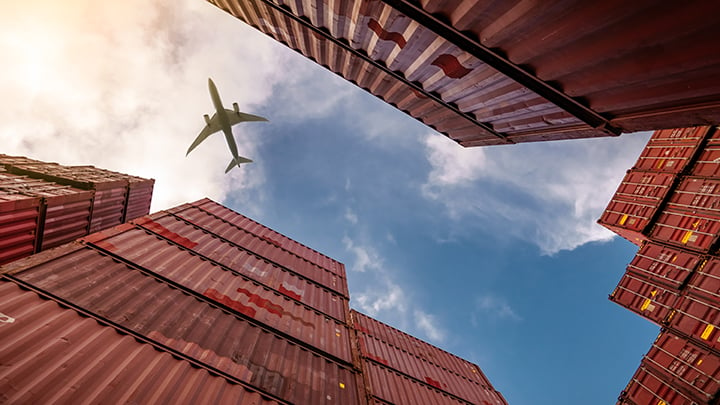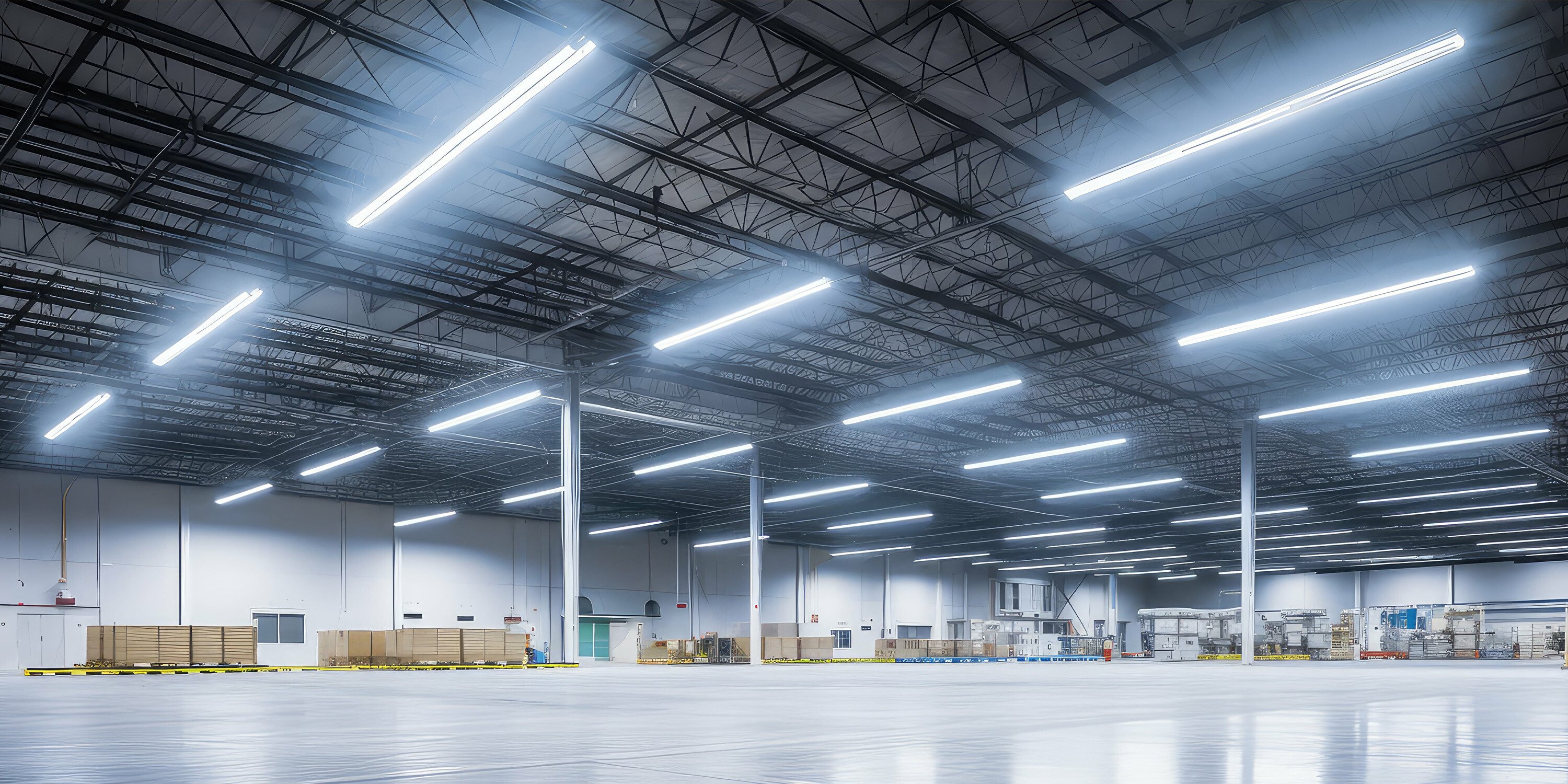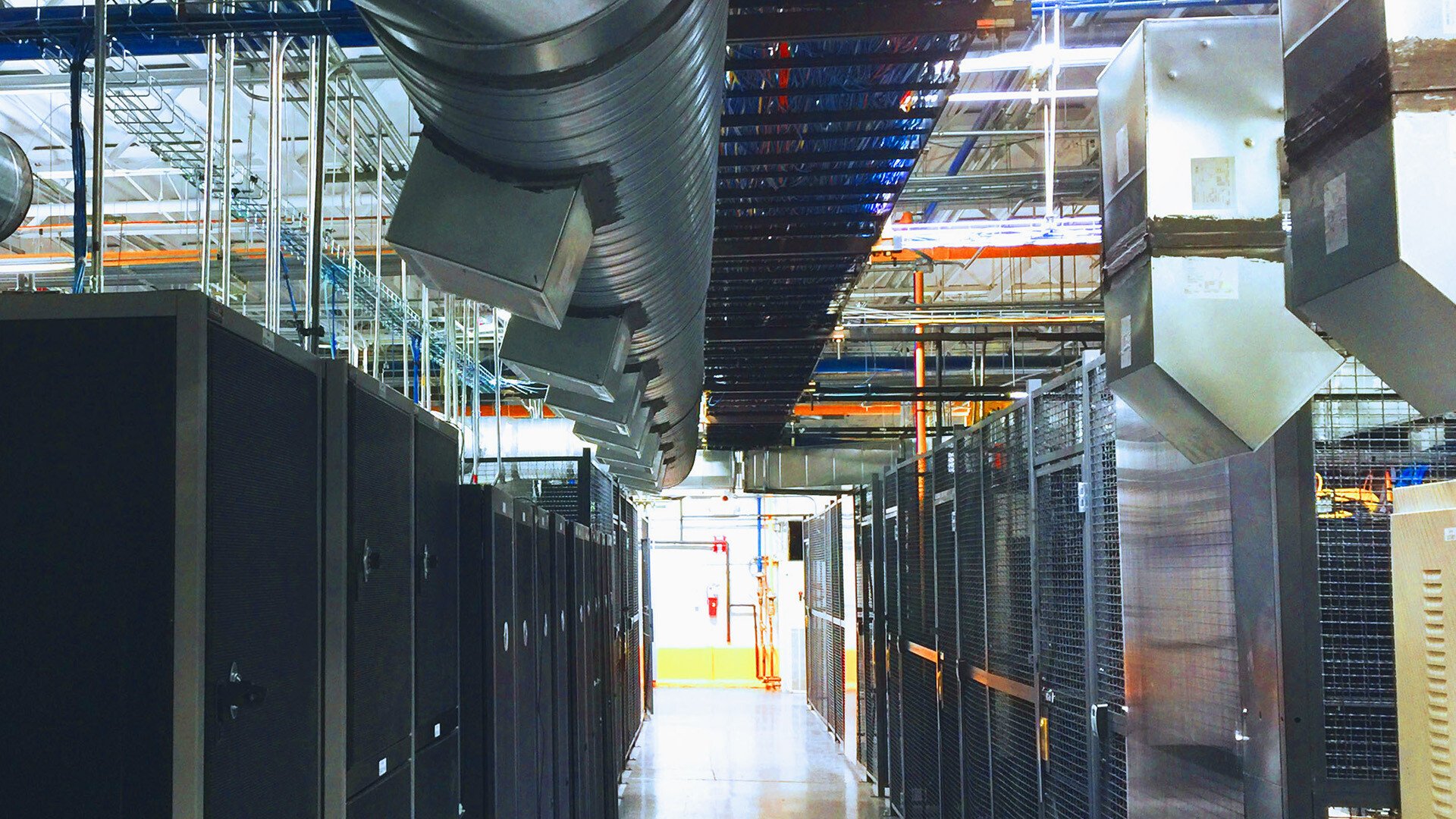Energy Efficiency | November 13, 2023
Navigating Supply Chain Challenges for Energy Efficiency Solutions
The energy transition, a global shift from fossil fuels to renewable energy sources, is a complex and multifaceted process. The end goal is to reduce our reliance on fossil fuels, introduce more choice into the sources of energy we use, and, ultimately, create a more resilient energy grid. One of the most significant challenges in this transition is the current state of the global supply chain.
This article will delve into the intricacies of this issue and explore potential solutions, focusing on three key areas: HVAC systems, lighting solutions, and building automation systems.
HVAC Systems
The HVAC supply chain continues to face serious disruptions and production shortages, especially as regulations around heating and cooling continue to change. This leaves companies without enough equipment to meet demand in the short term and perhaps even longer. There are shortages of the materials needed to build HVAC equipment, like copper, steel, aluminum, and plastic. Semiconductor chips in particular are in short supply while facing high competing demand from other industries.
Lighting Solutions
Recent supply chain issues have significantly impacted the lighting industry. Components shortages, price increases, and freight delays continue to disrupt the lighting industry. Other components such as plastics, resins, and metals are experiencing challenges in the supply chain. Twelve months ago, a pound of copper was $2.33. Recently it has been $4.74, an increase of 103%7. There is even a shortage of shipping containers in China.
Building Automation Systems
Building automation systems (BAS) are integral to modern infrastructure, providing centralized control of a building’s heating, ventilation, air-conditioning, lighting, and other systems. However, the supply chains for these systems have been significantly disrupted, especially amidst the lingering effects of the global economic slowdown. The COVID-19 pandemic exposed the vulnerabilities of today’s global supply chains, disrupting many suppliers’ abilities to obtain or distribute automation components and devices.

Geopolitical risks have also led to severe changes in supply chains. These risks can range from trade wars and tariffs to political instability in regions that are critical to the supply chain. For instance, many of the world’s semiconductors - a critical component in many BAS - are manufactured in East Asia. Political tensions in this region could potentially disrupt the supply of these vital components.
Staying Ahead of the Supply Chain
In response to these challenges, manufacturers are evolving their strategies from being cost-centric to being both cost- and risk-centric. This shift is achieved by building a resilient model that responds to supply disruption and demand volatility.
One key strategy is increasing transparency across the supply chain. By sharing data and information across all stages of the supply chain, companies can anticipate potential disruptions and adjust their strategies accordingly. This, of course, is largely out of the control of building owners and operators.
A possible strategy for more direct control for building owners and their management is stockpiling critical components in case of emergency. This approach is costly, though it can provide a buffer against sudden disruptions in the supply chain. That said, with the rate of change for technology in today’s market, seeing into the future to assess facility needs is challenging.
The most viable strategy for facilities today is to leverage facility data to proactively plan for future repairs, replacements, and upgrades while building flexibility into project execution. Demand for contractors for construction projects fluctuates by demand. But if the specifics of your planned and budgeted 2027 HVAC upgrade project can be flexible, you may get lower bids during times when your contractor has more room in their schedule.
Similarly, if your energy efficiency consultant is in tune with lead times seen in the LED lighting supply chain, they may recommend jumping on materials procurement early to avoid delays when it comes to installation or to avoid higher costs later.
Every step we take towards energy efficiency not only helps our planet but also makes good business sense. Being proactive and working with a consultant who is well-versed in how the supply chain may affect your projects can lead to lower project costs and a competitive edge in today’s eco-conscious market.
Contact a Mantis Pro today so we can help you get ahead of supply chain concerns and manage your energy efficiency initiatives for the long game.
Related Posts
Discover more content and insights from Mantis Innovation

The Cost of Inaction: Why Businesses Should Act Now on Energy Efficiency
In today's fast-paced business environment, the financial and operational losses businesses incur by delaying energy efficiency improvements, the "cost of inaction," is more relevant than ever.

In today’s AI era, human intelligence is the key to data center facility and energy optimization
Nowhere else in modern industry do artificial and human intelligence converge with such transformative potential as in the world of data centers. As AI's extraordinary growth accelerates demand for

Your Guide to LED Lighting for Business and Commercial Buildings
Never to be underestimated, LED lighting and well-designed lighting retrofits and upgrades offer businesses big improvements like reduced energy costs, reduced emissions, and improved working

Five Trends Driving Data Center Facility Energy Optimization
Today’s digital economy, commercial and industrial digitalization, and the recent explosion in artificial intelligence and machine learning (AI/ML) powered computing are driving massive growth in